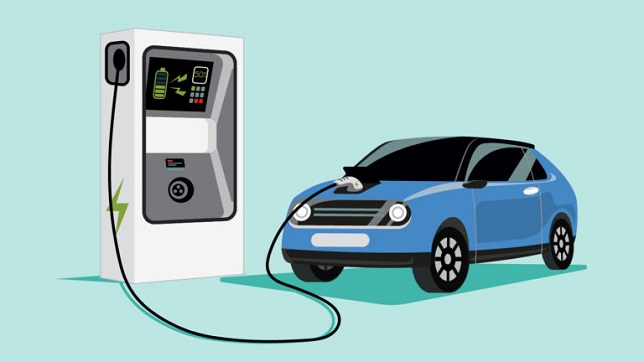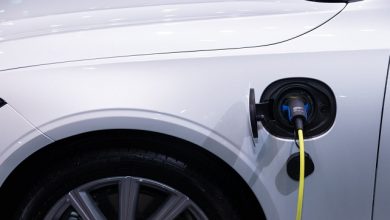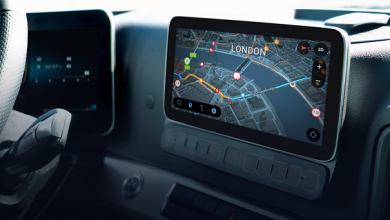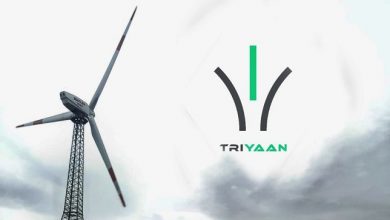LTO Cells: Should we use them in EV applications

There has been a lot of discussion around suitability of LTO Cells in EV applications. In this article, we examine the pros, and cons of it:
- LTO has lower nominal voltage of 2.4 V compared to LFP(3.2V) and NMC(3.7V), which leads to a lower specific energy (about 30–110 Wh/kg) than conventional lithium-ion battery(For LFP it is 90-165 wh/kg and for NMC around 270 wh/kg) technologies. As a result of poor energy density, the amount of anode active material loading tends to be more and this increases the overall weight of the cell. The gravimetric energy density is more than Lead Acid batteries but lower than LFP batteries that use graphite anode.Poor energy density leads to substantially heavier, and bigger batteries, and hence not suitable for automotive application. Payload capacity of the vehicle has to be sacrificed (carry less passengers, or load) resulting in reduced earnings in commercial applications.
- As the price of the battery depends on the raw material used in it, due to higher raw material weight it becomes costlier than many of the others. It is not cheap.
- Vehicle fitted with unnecessarily heavy batteries end up spending too much energy just carrying the battery.. If you have an NMC battery instead (in a bus or truck), you can carry a few extra passengers or a few 100 extra kilos of cargo, and earn more: LTO kills your income if you are in the transportation business to earn a living.
- LTO charges fast, but that is of little use, as fast charging is expensive, and a large number of simultaneous fast chargers cannot be supported by the grid for foreseeable future (say a bus has 100 KWH battery, one hour charging itself will require 100 KW charger; even if the bus give 50KM with one charge, and a fleet of say 100 buses need to charge 3 times to deliver 150Km service each, we are talking of 100 KWH*3*50=15 MWH; If all of this has been delivered in one hour, you will need 15 MW connection). While there is a lot of hype, and expectations about fast charging, a number of facts need to be kept in mind:
- Fast chargers are far more expensive. Consequently, the cost of fast-charging is much higher.
- Given the current state of the Grid, it will be a while before large number of fast chargers are available. Separate powerlines may need to be drawn from sub-stations, and may not be feasible in already populated areas. Users may have to drive extra to access fast chargers.
- LTO cells do give many cycles: 20-30K. It will practically last for several years – may be decades. It is good, and bad: No vehicle will last that long, and when the vehicle is being scrapped, will the vehicle owner get fair value for the battery? It is also possible that in 5 years much better technology will be available, and one may get stuck with an ancient, suboptimal technology.
- However, one of the primary challenges is cell gassing due to operating in higher temperatures which can significantly limit life despite the excellent lifetime performance of LTO anodes. Gas evolution has been previously attributed to water impurities from the electrolyte, moisture trapped in the electrode, the breakdown of lithium salt forming hydrofluoric acid (HF), and/or solvent reactions with the surface of the electrode. And the release of gas while cycling, resulting in the LTO battery pack swelling. If these happen, the high-cycle life expectation gets betrayed.
- As for the lithium titanate battery claimed to have an extended carrier existence, it’s far extra to be really verified, and certified!
- It is an ancient technology, and there are newer, and better options available.
Because of the multiple fire-incidents, there is a general concern about the safety of EVs. There is absolutely no doubt that EVs have to be safe, and fire incidents do not happen.
We have to understand that, any concentrated source of energy is a risky item. Higher, the energy density, higher is the risk. Petrol/Diesel have much higher energy densities, and catch fire much easier. Coal was much safer compared to Petrol/Diesel, but the world did adopt Petrol/Diesel/CNG/LPG by handling these fuels in a safe manner.
In search of safe batteries, we should not go back to safe, but ancient, inefficient storage options. We should be building safe batteries with Advanced Chemistries. With proper instrumentation, electronics, and software, it is possible to build safe batteries. TESLA has been using the NMC Chemistry (substantially higher Energy Density than LTO) for a long time. There were some fire incidents in the beginning, but they were able to fix it completely.
Author:

Mohan Satyaranjan
CEO
Taqanal Energy
Mohan Satyaranjan is currently an entrepreneur focused on developing technology to address barriers to EV adoption. Prior to turning an entrepreneur, Mohan spent more than 35 years in Networking & Telecom R&D. He built ‘billion+ dollars a year’ product lines, from scratch, at both Cisco Systems, and Juniper Networks. He has held director, and above positions at NetApp, Juniper Networks, and Cisco Systems.
Published in Telematics Wire





